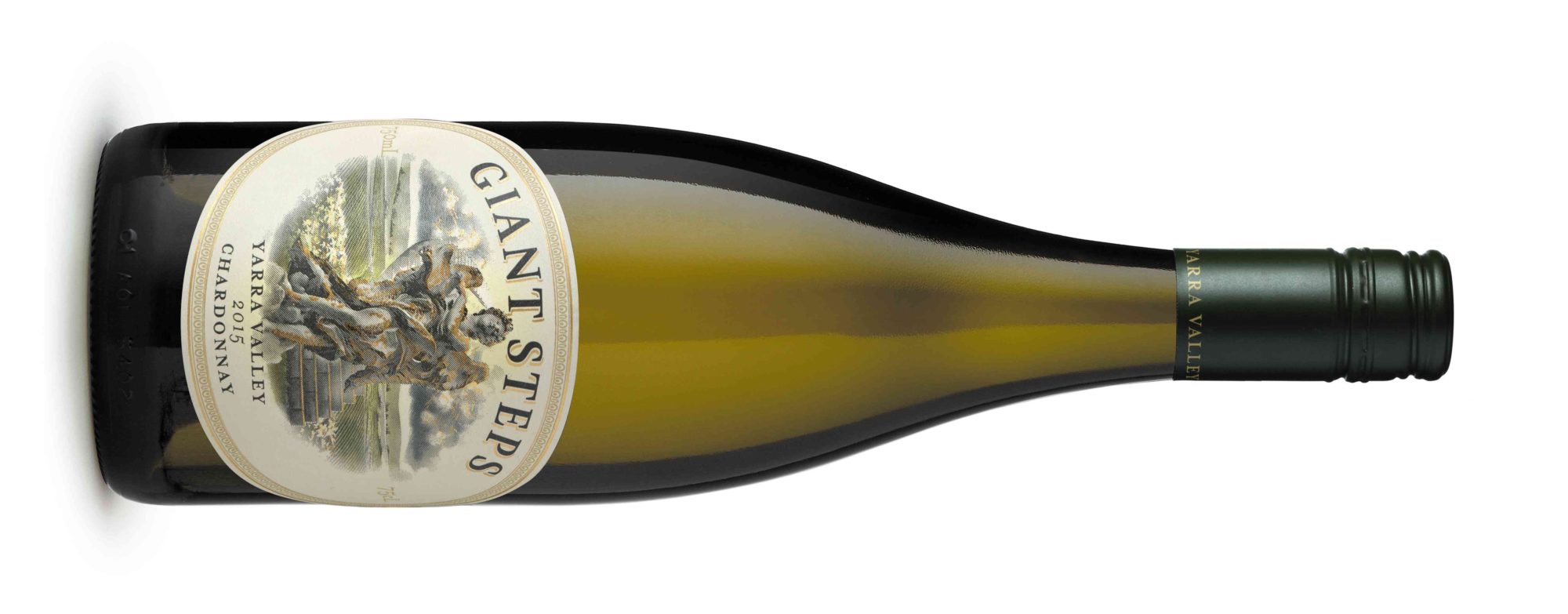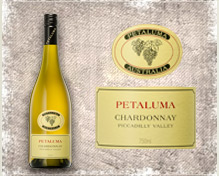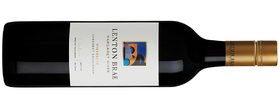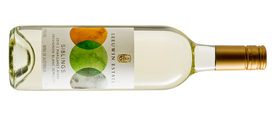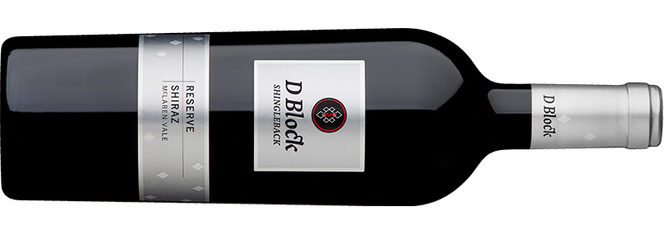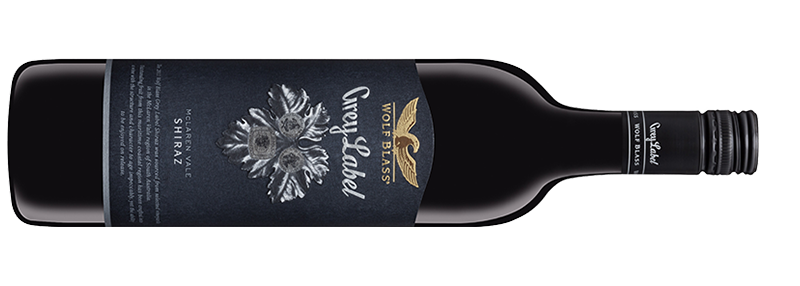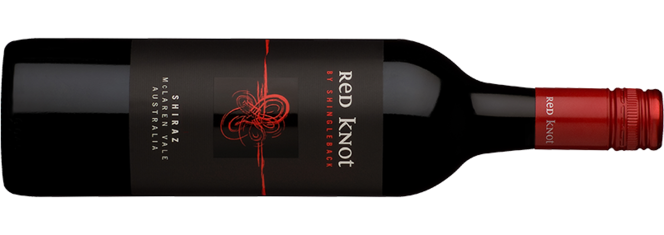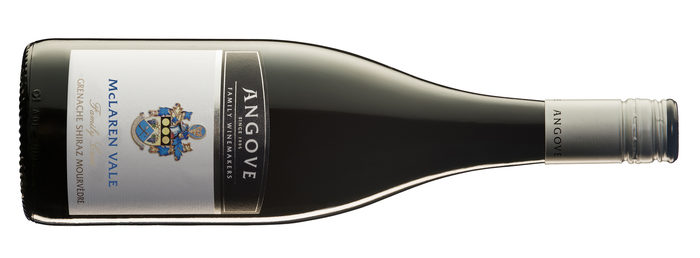October New Release – Mixed
Barry Weinman: 25th October 2016
Top quality Chardonnay is one of the world’s great wines, capable of possessing depth and power, yet retaining balance and a degree of elegance. Unfortunately, it has also been expensive, particularly when compared to the best Australian Rieslings.
As the wine industry has matured in Australia, the regions that are best suited to growing Chardonnay have been identified, and attention has been given to the clones of Chardonnay planted. Simultaneously, winemakers have developed a greater appreciation for how to handle the fruit in the winery to maximize the enjoyment.
As a result, the number of high quality wines has increased dramatically, and it is now possible to find an excellent wine for a reasonable cost. Whilst high quality Riesling can be found for (considerably) less, there is a place for good Chardonnay, particularly with food.
The Flametree SRS topped this tasting and is priced sensibly given the quality. The Scotchmans Hill was a standout for value. An excellent wine that will be even better in a year or two.
In the reds, the highlight was the superb Rolling Stone Cabernet from McHenry Hohnen. Not cheap, but a world-class wine.
Reviewed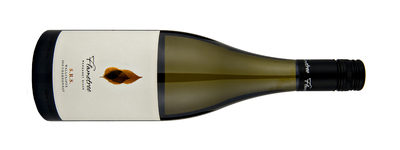
Flametree – Chardonnay – SRS – Wallcliffe – 2015 (18.5pts). Fine fruit on the nose, with lovely curry-leaf minerality. This continues on the palate, and reminds me of a powerful White Burgundy. Very long and near seamless, with excellent mouth-feel. Youthful, the fine acidity drives the finish at present. The stand-out wine of the tasting, deserving of the finest food.
Scotchmans Hill – Chardonnay – 2014 (18/18.5pts – $35). A seductive wine with an evolving array of aromas and flavours including lemon, vanilla, peach, nectarine and grapefruit. Really builds presence in the glass. This took a while to open up and actually showed its best after being open for a day or two after the slight oak astringency settled back into the fruit. A lovely wine that will benefit from decanting an hour before consumption. Value for money.
Picardy – Chardonnay – 2015 (18.3pts). Closed, tight and fine. Powerful fruit, with grapefruit and lemon characters to the fore. Builds melon and subtle stonefruit notes with air. Very long and quite complex, courtesy of the barrel work. Needs a year or two to settle, but will be brilliant drinking. A serious wine. (Sealed with a cork).
Curley Flats – Chardonnay – Macedon Ranges – 2013 (18pts). Quite fine and elegant, but there is depth and power to the fruit, albeit in a subtle way. Finishes a little astringent, with the fine-grained oak carrying the fruit to the close. Balanced and well made, this is a modern, leaner style that would benefit from a year or two in bottle.
Coward & Black – Chardonnay – 2015 (17.8). Complex nutty fruit on the nose. Initially quite lean on the palate, though with air, the pineapple fruit and acidity is a feature. Not overly complex, but has decent length, making for a good drink. Well-made and should be good value.
Red Wine
McHenry Hohnen – Cabernet Sauvignon/Merlot/Petit Verdot – Rolling Stone – 2011 (18.6pts – $100). Very deep smelling, the blackcurrant fruit has a cassis-like character. The palate is very powerful. The minerality, fine tannins and structuring oak provide a backdrop for the high quality fruit. Great drinking, with a degree of subtlety that belies the power. Sure to age well.
Coward & Black – Cabernet Sauvignon – The Brothers – 2011 (17.8). Decent depth to the redcurrant fruit, with hints of cedar and spice from the oak. The youthful fruit is balanced by fine tannins and texturing oak. The palate has excellent length and decent mouth-feel, though it gets a little chewy on the close, suggesting that a few years in the bottle will add to the pleasure. Smart wine. 
Coward & Black – Shiraz – Show Shiraz – 2014 (17.7pts). Lovely sweet fruit on the nose, with an almost floral, rose petal aroma. The palate is chock-full of plum and dark berry fruit, with licorice and spice to close. The finish is spot on, with the tannins and oak sitting nicely with the fruit.







